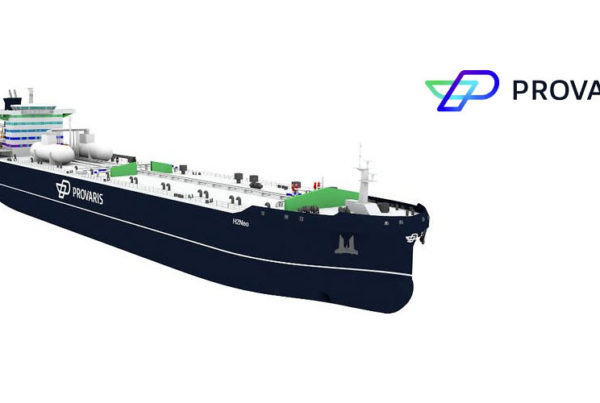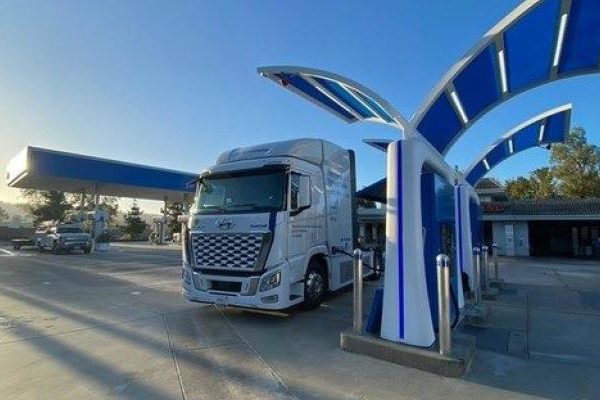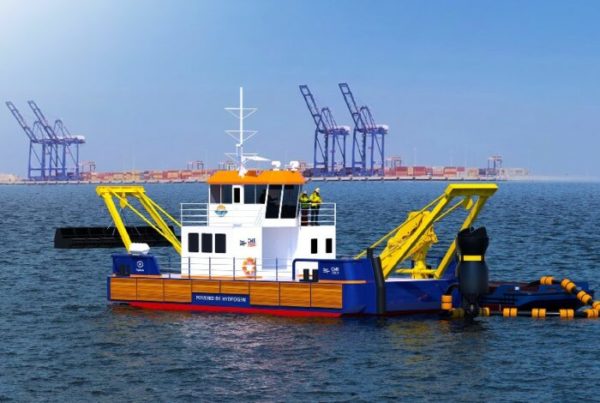
- Swedish startup GreenIron has successfully secured final permits for a full-scale green hydrogen Direct Reduced Iron (DRI) plant, aiming to produce 20,000 tonnes per year of sponge iron from waste products.
- The plant, which uses an environmentally friendly process involving green hydrogen, is currently under construction, marking a significant advancement in sustainable iron production technologies.
The Land and Environment Court in Östersund has granted GreenIron an environmental permit for its production site in Sandviken, Sweden. The positive decision from the Court was rendered on March 28, and the permit has now gained legal force. GreenIron is commencing construction and assembly work for its production site in Sandviken Industrial Park.
The production site, expected to be operational after the summer, is GreenIron’s first full-scale production site. The environmental permit enables GreenIron to process 30,000 tonnes of input material per year, resulting in a reduction of approximately 42,000 tonnes of CO2 emissions per year compared to traditional fossil-based metal production.*
GreenIron has a clear goal of minimizing CO2 emissions with a focus on recycling and circularity for the mining and metal industries. With its technology, the company can produce iron and other metals using hydrogen. The process is entirely carbon dioxide-free, with water as the only by-product.
“This announcement is very welcome. Fantastic teamwork has enabled us to now accelerate the construction of our first production site. When we start production in Sandviken this year, it marks an important milestone in the transition of the hard to abate mining and metal industries that has significant emissions,” says Edward Murray, CEO at GreenIron.
The environmental permit means that GreenIron has the right to establish and operate a facility for recycling and production of iron and other metals within the municipality of Sandviken.
“We have had good collaboration with authorities, local residents, and other stake holders. With all permits now secured after a 7-month process,” says Ulrika Molander, COO at GreenIron.
* The calculation is based on the emissions of carbon dioxide from the most efficient blast furnaces, which emit approximately 2 tonnes of CO2 per tonne of produced iron. 42,000 tonnes of CO2 are equivalent to about 60,000 round-trip flights between Stockholm and New York.
A GreenIron furnace has the capacity to process 40,000 tonnes of input material per year, resulting in an annual reduction of CO2 emissions by 56,000 tonnes.
Read the most up to date Fuel Cell and Hydrogen Industry news at FuelCellsWorks




